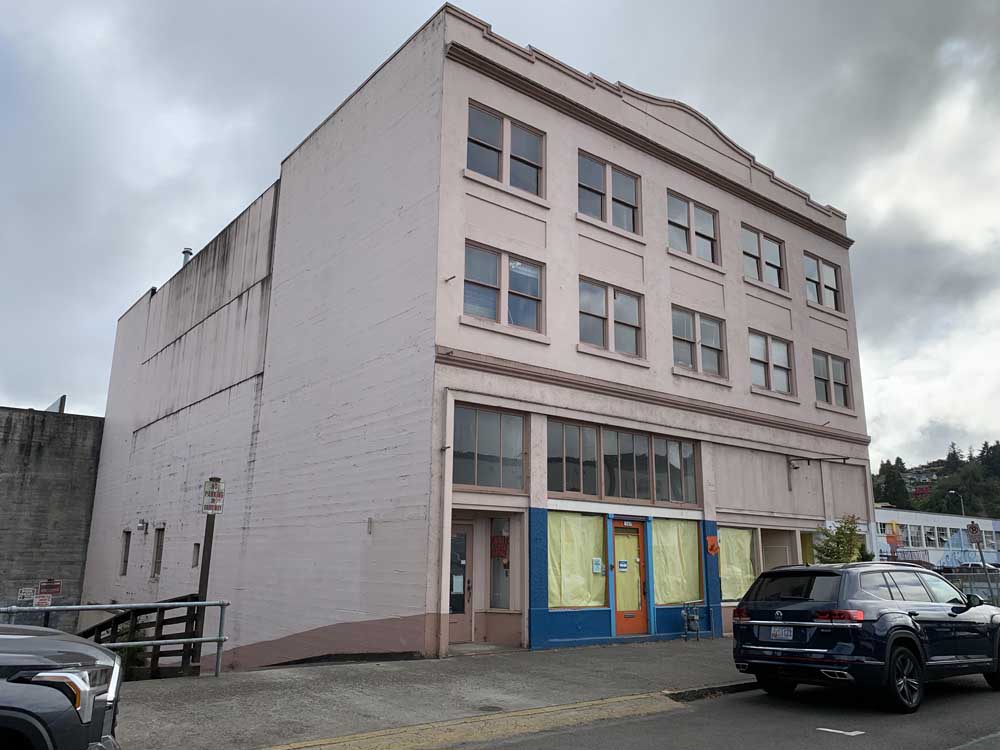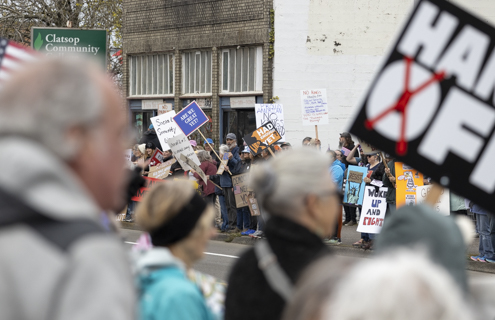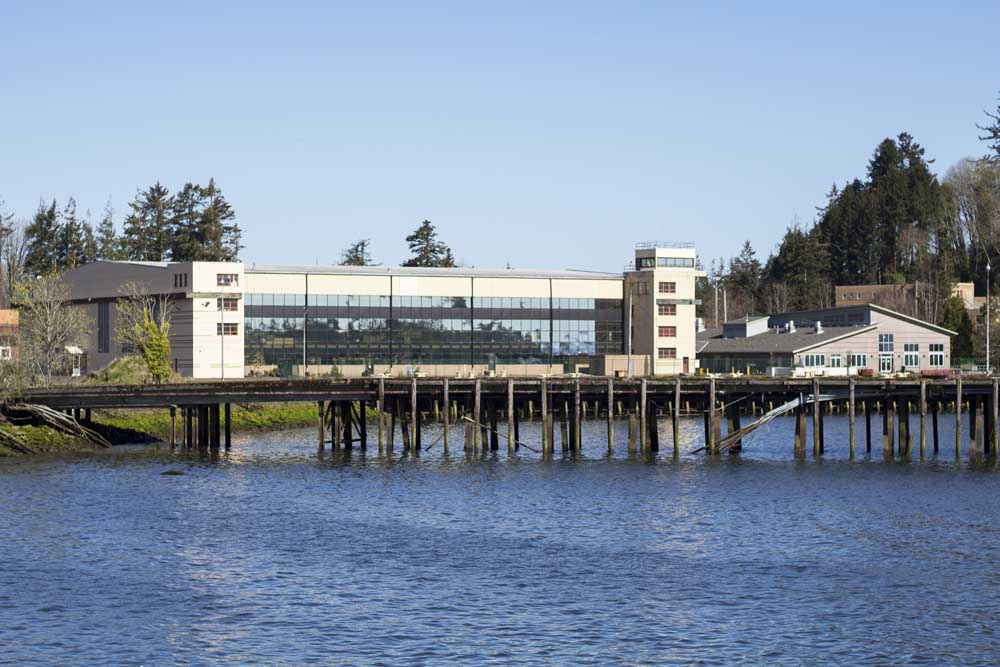‘It’s always a matter of money’
Published 5:00 pm Wednesday, September 27, 2006
She is 29 years old, and her days are numbered.
The bar pilot boat, Columbia, was state-of-the-art when she was built in 1977. With her 2,000-horsepower engine, she carries pilots to inbound ships at 12 knots and she does a good job of it, according to Capt. Robert Johnson.
“She’s been moving us back and forth, day in, day out, without fail,” he said. “She’s probably crossed the bar 8,000 to 9,000 times.”
But these days she is simply too slow to remain a viable transportation method for Columbia River bar pilots. The much newer Chinook pilot boat travels out to the ocean more than twice as fast, and a helicopter can deliver pilots nearly five times faster.
The bar pilots are looking to sell the steel-hulled Columbia and replace her with a model that would be nearly identical to the Chinook, a $3.2 million aluminum-hulled pilot boat custom built in 2000 to travel at 30 knots in the adverse conditions on the bar where the Columbia River meets the Pacific Ocean.
But before they retire the Columbia, the bar pilots need approval from the Oregon Board of Maritime Pilots to finance the roughly $3.5 million cost of her replacement, which would involve raising the service fees to ships that cross the Columbia River bar.
The board’s nine appointed members, three pilots, three shipping industry representatives and three public citizens, set limits on the fees pilots can charge for their services. On Wednesday, the board granted permission to the transportation oversight committee to solicit bids for building the new boat. Capt. Gary Lewin, a committee member and bar pilot from Gearhart, said he expects the board to make a decision on financing the project in the next two months.
“It’s always a matter of money,” said Lewin. “Sometimes it comes down to compromising safety because somebody wants to save a dime. Ships now are making profits that are unheard of, terrific profits, so there should be no reason we shouldn’t be able to get support for our boat.”
The current Columbia is at least the third generation of bar pilot boats bearing the river’s name.
New technology has put two other Columbia pilot boats out of commission in the 200-year history of the Columbia River bar pilots.
According to documents at the Columbia River Maritime Museum, the first Columbia pilot boat was a double-masted schooner introduced to the Columbia River in 1849 by captains George Hustler and Cornelius White. A new 65-foot model was built in 1958, and that one was retired in 1977 when the current 84-foot Columbia came online.
Recent changes to the system of delivering bar pilots to inbound ships have made the latest Columbia boat less effective than it once was.
“It dates back to what we call station boats,” said Johnson. “It and the Peacock used to go out and stay on the ocean for hours at a time, waiting as ships went back and forth across the bar. Our system now is based on the speed of the helicopter.”
Bar pilots utilize the helicopter for 70 percent of their trips, and if it’s foggy or the helicopter is out for maintenance, they can zip out to the ocean as needed using the speedy Chinook pilot boat. The Chinook replaced the Peacock, which was donated to the maritime museum and should be ready for public tours within the next year.
The efficiency of the new transportation system means fewer pilots are required to handle ship traffic. When the Columbia was built, there were 22 bar pilots based on the Columbia River. Now there are 16.
Johnson said although the Columbia doesn’t fit into the new system, she is still a reliable and seaworthy boat.
“I don’t think there are any pilot boats that have surpassed her in ability,” he said.





